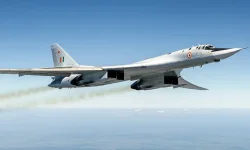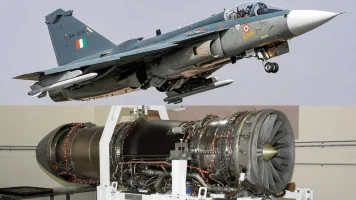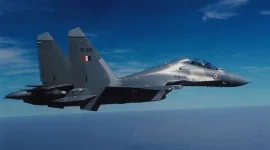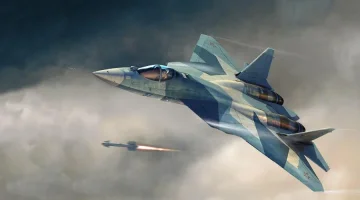- Views: 5K
- Replies: 35

Major General S B Asthana recently addressed India's potential acquisition of Russia's Su-57 stealth fighter, emphasizing the critical need for the Indian Armed Forces to maintain a balance of cutting-edge, current, and older military equipment.
He highlighted the "30/60/10 rule," which suggests an ideal composition of 30% state-of-the-art systems, 60% current-generation equipment, and only 10% obsolete inventory. This balanced approach, he argued, ensures operational readiness while allowing for continuous technological upgrades.
India is actively pursuing indigenous defence manufacturing under the Aatmanirbhar Bharat (Self-Reliant India) initiative. However, acquiring certain advanced technologies remains a challenge. The Su-57, with its stealth capabilities, advanced avionics, and fifth-generation features, represents an opportunity to bolster India's combat edge in the short term.
While India has made significant progress in domestic defence production, exemplified by the Tejas fighter and the Advanced Medium Combat Aircraft (AMCA) program, some areas still require external collaboration or procurement.
Maj Gen Asthana acknowledged this reality, stating that "there are certain systems where we have not yet developed the technology to the desired level. In such cases, acquiring proven platforms becomes essential to maintain operational readiness."
The Su-57, designed to compete with advanced fighters like the American F-35 and Chinese J-20, offers India a chance to enhance its air dominance capabilities. Its stealth features, supersonic cruise ability, and integrated avionics could provide a significant advantage in contested airspaces.
Unlike developmental projects that can take years to mature, procuring operationally ready equipment like the Su-57 allows for immediate integration into the force structure. Maj Gen Asthana emphasized this advantage, stating that "acquiring such equipment ensures its readiness for deployment the moment it is inducted."
However, he also cautioned that the decision to acquire the Su-57 must be carefully considered in light of India's strategic requirements, budgetary constraints, and the broader goal of achieving self-reliance in defence manufacturing. This balanced perspective highlights the complexities involved in modernizing India's armed forces and the need for a strategic approach that balances immediate needs with long-term goals.




